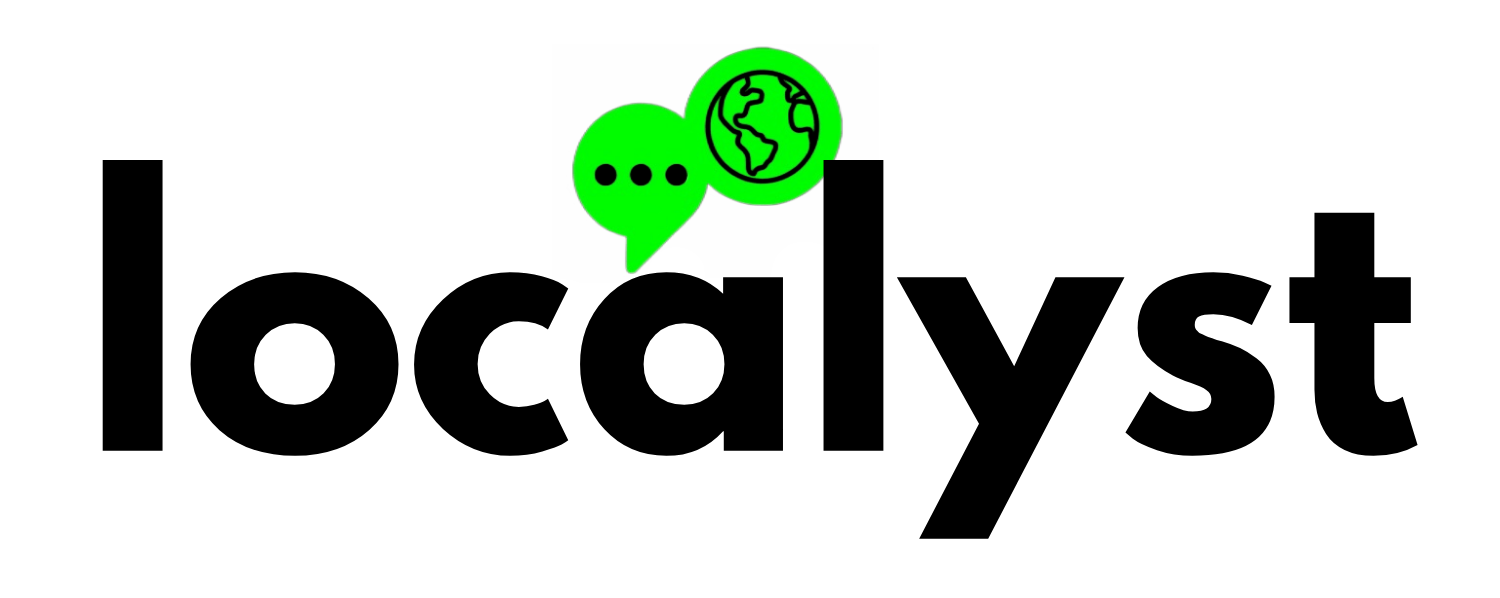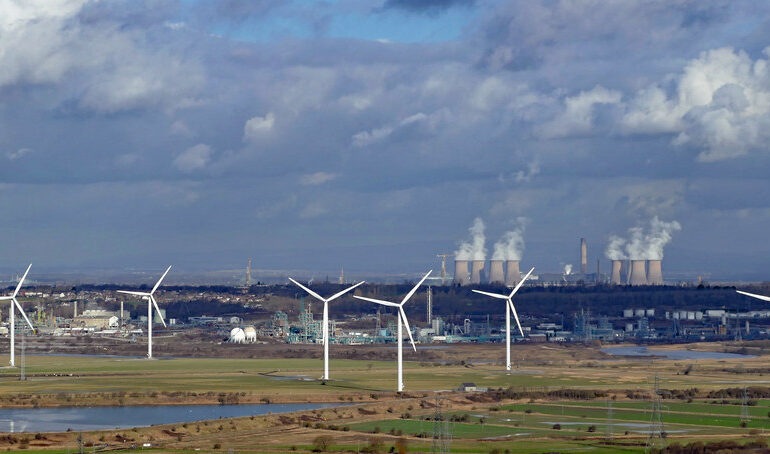Wisconsin – If there’s one thing Lynn Wingers cherishes, it’s the soil beneath his feet. As a proud farmer, he has sowed corn and alfalfa across the Wisconsin plains, relishing the land that sustains both his family and the surrounding community. But as with many sectors, farming too is undergoing a transformation in the face of 21st-century challenges.
“Farming is in my blood. It’s my way of life. I am proud to own a farm in Columbia County where my main crops are corn and alfalfa. But as the profession of farming and agricultural stewardship evolves in the 21st century, we must look at renewable alternatives such as solar energy to help move our small towns forward. We can do that while respecting our rural way of life,” said Lynn to the Wisconsin State Journal.
In Wisconsin, nearly 14.3 million acres are dedicated to farming, with 6.2 million of those recognized as “prime farmland” – areas with optimal conditions for generating food, feed, and fuel. While there have been worries that solar projects might compromise this valuable farmland or influence food availability, these fears are largely unfounded. A considerable amount of this land will continue to be cultivated. Data from the Clean Grid Alliance suggests that even if all solar projects were placed on Wisconsin’s “prime farmland”, a mere 0.25% of it would be utilized.
Lynn, a visionary, recognizes that it isn’t just about crops anymore. To thrive, he believes in evolving while still preserving the heart of his profession. So, he took a step to explore the integration of modern technology with traditional farming.
His exploration led him to solar energy. Collaborating with developers like Langdon Mills Solar Farm, Lynn began researching the potential of his land to house solar arrays. However, it was essential for Lynn to remain at the helm of decisions. As he delved deeper, the results appeared promising.
The advantages of solar farming went beyond monetary gains. Although it assured Lynn a stable income, especially during unfavorable farming seasons, its ecological impact struck a chord. By hosting solar panels, he learned that the land could recover its nutrients. This resting phase could pave the way for more fertile grounds in the subsequent years.
But for Lynn, this venture wasn’t solely about profit or sustainable farming. At its core, it was about preserving the identity and legacy of his land. Every acre holds stories, memories, and history. In a time when many farms succumb to urban pressures, Lynn’s initiative ensures that his farm remains resilient.
By incorporating solar farming, Lynn not only embraces a sustainable energy future but also safeguards his traditional farming roots. It’s a testament to a farmer’s commitment: to the land, to the community, and to a sustainable future that honors the past.




